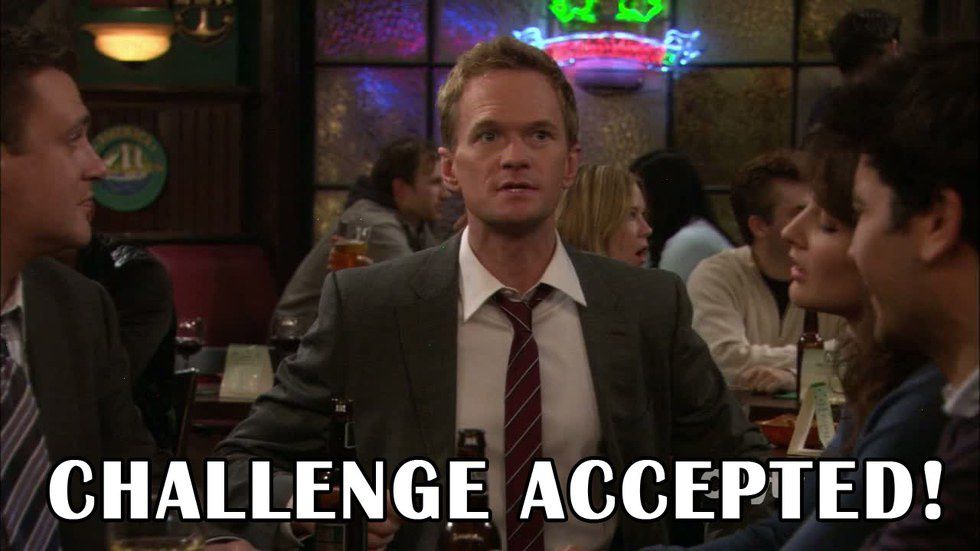The first day of class at a small liberal arts college differs greatly than the first day of classes at say a technical college or a large state school. Since I attend a small liberal arts university, and have never known anything different, I was blissfully unaware of how different, unique, and somewhat comical our first day of classes are compared to larger schools. I was recently filling one of my friends in about my first day of class this year, and I was caught completely off guard by their reaction. The friend who I was talking to attends a large state university, with approximately 25,000 undergraduate students, and they clued me in on just how different our first day of classes really are.
I would first like to talk about class size and the people you are likely to encounter within those classes. Here was my exact first thought upon walking into my Journalism 201 class: “Twenty-seven people?! This class is huge!” Side note: I wish I was exaggerating. My History 107 class on the other hand is what I would consider an average size with a whopping fourteen people. I am well aware that both of these numbers are CONSIDERABLY smaller than what you would find at a 100 level class at any state school. This has its perks and its disadvantages. Perks: the student to faculty ratio is very small and you learn so much with all of the extra attention you receive. However, with that extra attention comes some pitfalls. If you did not do the homework or you do not know the material, it’s pretty obvious. With small colleges and small class sizes, you are ten times out of ten going to know at least one or two people in all of your classes. Again, that can be a great thing and that can be a bad thing. Hopefully the people you do know are all friends and not the awkward hookup you had two nights before.
Another difference that you will notice on the first day of class at a small liberal arts university and not at a large university is the “get to know you” questions. Typically, no matter what class, the professor asks everyone to 1) state their name 2) state their major 3) state where they’re from and 4) why they are taking the class or what they expect from the class. Name, major and home town are all very self explanatory. However, the answers to that last question, “why are you taking this class,” can vary greatly. There are the people who confess they are only taking the class because it fills a major requirement and then there are the people who search deep within themselves and profess their undying interest in the subject. Anyways, the point I am trying to make is that introductions and “get to know you” discussions are very common on the first day of class at a small liberal arts university.
Lastly, I would like to stress that the liberal arts aspect really changes the syllabus you receive on the first day of class and the assignments you are expected to complete throughout the semester. Liberal arts schools really like to stress the “well-roundedness” of their students. Everyone should have a wide variety of skills. Even if you’re a math major, you should still be able to identify the deeper meaning of a philosophical work (this is just an example). On my first day of macroeconomics this fall, I received my first assignment which involved writing an abstract on an article about GDP. Within one assignment, reading, writing and numbers were all involved (and it was the FIRST assignment). That just struck me as holding some significance.
To be honest, I sometimes wonder what it would be like to attend a large state school. There are so many differences and so many pros and cons between the two institutions. With that being said, I am so thankful for all the meaningful connections I have made at my small liberal arts university and the feeling of community that can be found everywhere on campus.

























